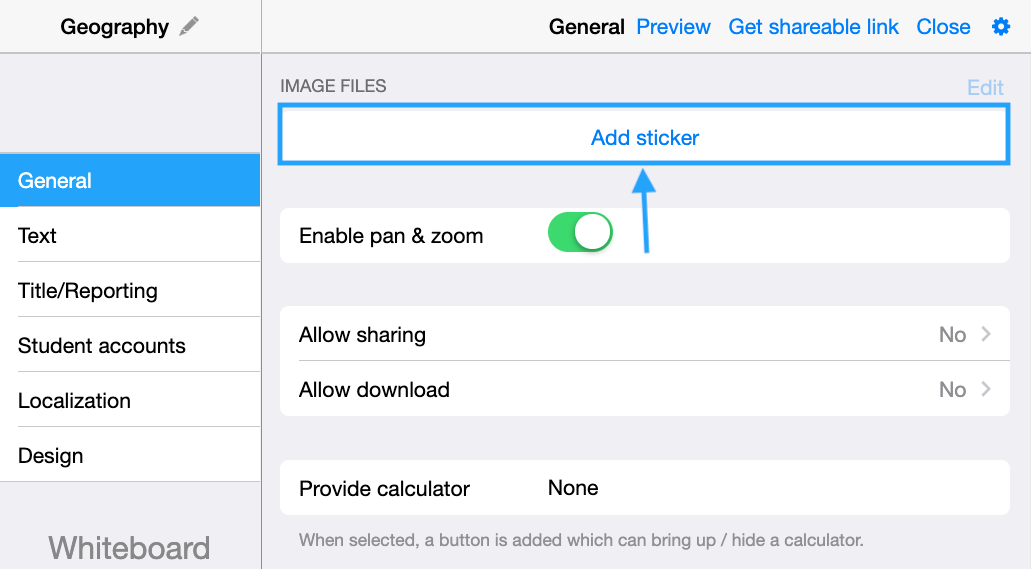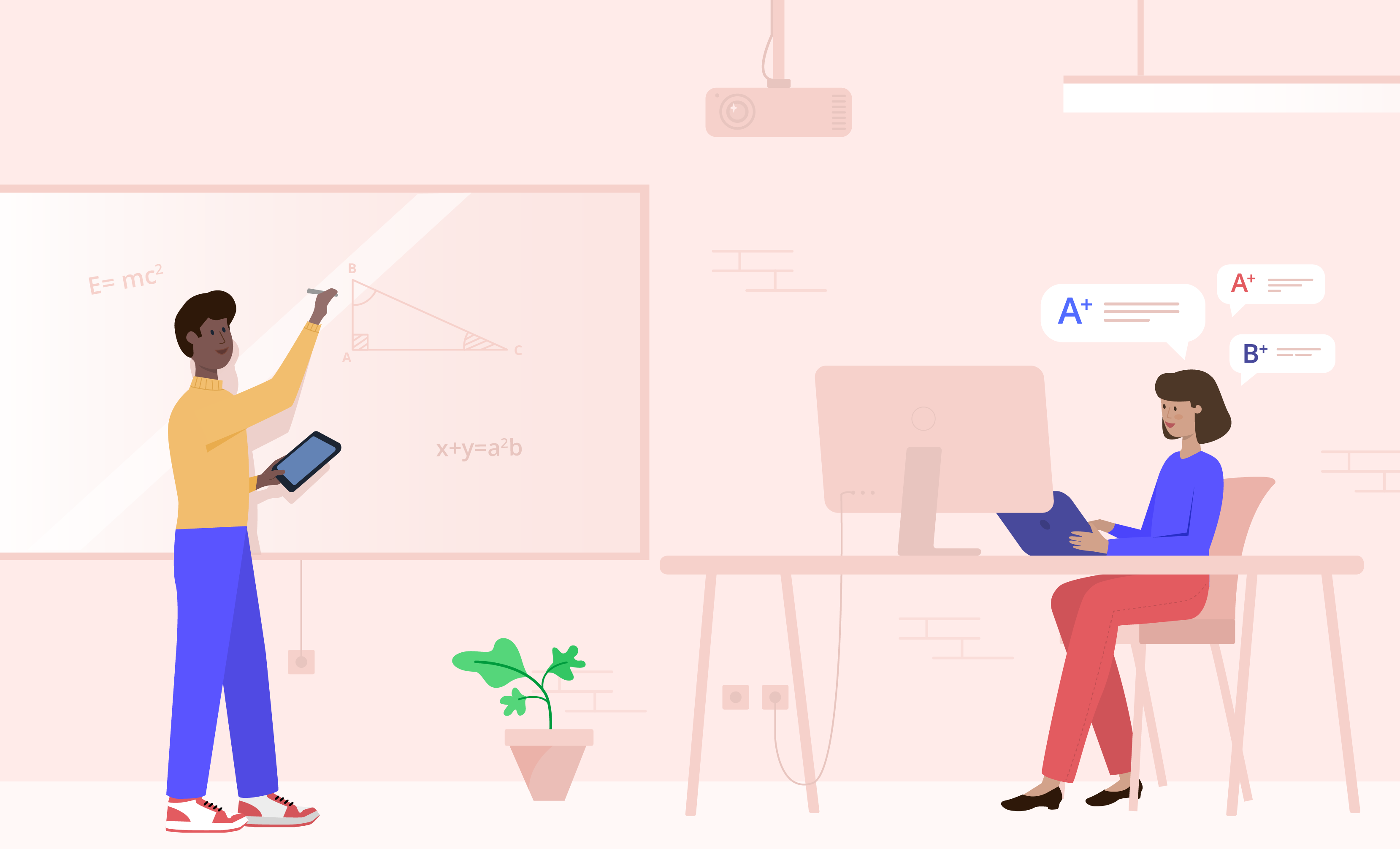By Kelly Smith
Interactive Whiteboards, or IWBs, started out as a small experiment in classrooms. They caught on quickly, and now many educators have easy access to this technology.
Interactive whiteboards are also an excellent tool for showcasing videos. One of the best ways for teachers to utilize videos is to include pertinent ones in the middle of a lesson plan. A teacher then just needs to play the video at the appropriate time to illustrate a concept or to enhance the curriculum. Review the more than 10,000 lessons in social studies, science, math and language arts for yourself in our searchable interactive to see what the controversy is — or isn't — about.
Most teachers were left to their own devices to determine the most effective ways to make use of an interactive whiteboard in their classroom, and many have been successful in developing foolproof ways to maximize lessons with this technology.
Use these ideas to make the most of your interactive whiteboards—you and your students will have fun.
1. Take Virtual Field Trips
Scheduling a field trip is costly and complicated. This limits the amount of field trips a teacher can plan for students throughout the school year. Using an interactive whiteboard to take a virtual field trip will drastically reduce the costs and amount of preparation necessary to provide your students with an immersive experience. They’ll have something to get excited about, and feel more connected to the lesson.

2. Explore the World

If you’ve ever used tools like Google Earth in the classroom, you know that it’s easy to get caught up exploring for long stretches of time. Looking at landmarks, areas where ancient civilizations once thrived, and taking in the views of different landscapes is not only fun, but also educational. Teaching geography, history, or even natural sciences is easier when you pair an interactive whiteboard with Google Earth.
3. Turn Lessons into Competitions
This works for both team and individual competitions. An interactive whiteboard serves as a scoreboard, as well as a question prompter. It’s more fun than a quiz, and you can award small prizes, such as candy, for correct answers. The interactive whiteboard will make a simple exercise feel more like an episode of a game show.
4. Create Permanent Notes
It doesn’t matter how fun or engaging your note-taking process is—you’ll have nothing to show for it after the fact when using a traditional whiteboard. Use an interactive whiteboard as a collaborative tool for note taking; allow others to contribute and create a class study packet.
When the lesson is over, you can print (or post online) and distribute the notes that everyone contributed to for review later. If they feel as though they were a part of designing their study guide, they’ll also feel more connected to the lesson.
5. Allow Students to Prepare Lessons

Giving students the opportunity to play teacher will not only motivate them to take the project seriously, it will also give you an opportunity to see how much they understand the curriculum. Using your interactive whiteboard, allow students to provide short lessons for the entire class. Assign students, or pairs of students, a small portion of the assignment to cover and give everyone a chance to teach each other.
6. Make Videos in Class
The majority of interactive whiteboards come pre-equipped with audio and video capabilities. This can capture things that go on in the classroom, like important projects or presentations.
You can use these tools to record lectures of yourself and record moments with your students. Important events that are recorded can then shared with parents, leaving a record that students can be proud of.
Interactive Whiteboardseffective Curriculum Ideas Activities
There is no shortage of pre-prepared material for interactive whiteboards that is both fun and effective. While there’s nothing wrong with using these materials, don’t be afraid to pursue bold, new ideas of your own. No one ever became an innovator by accepting what was handed to them.